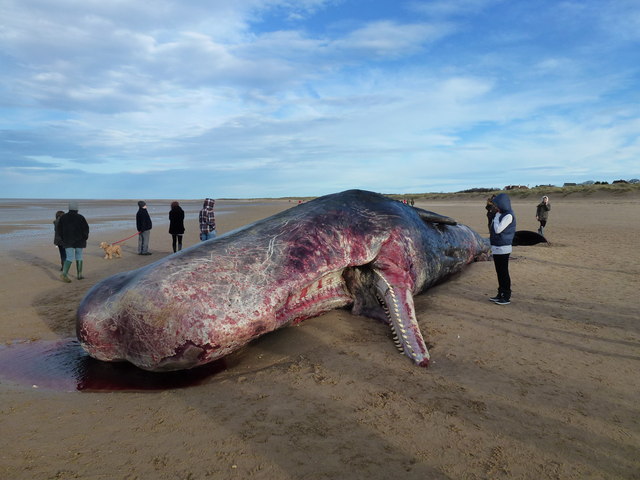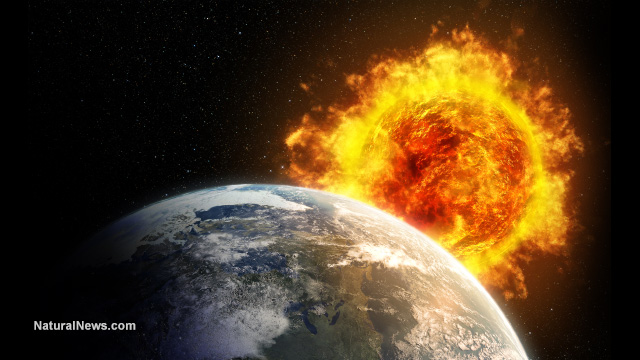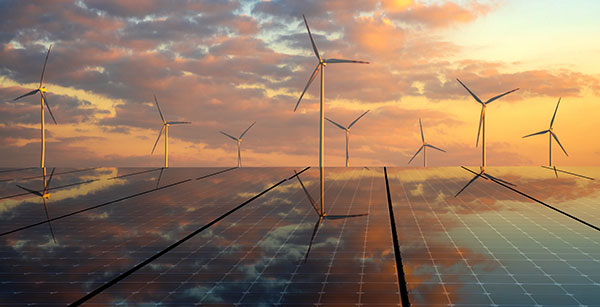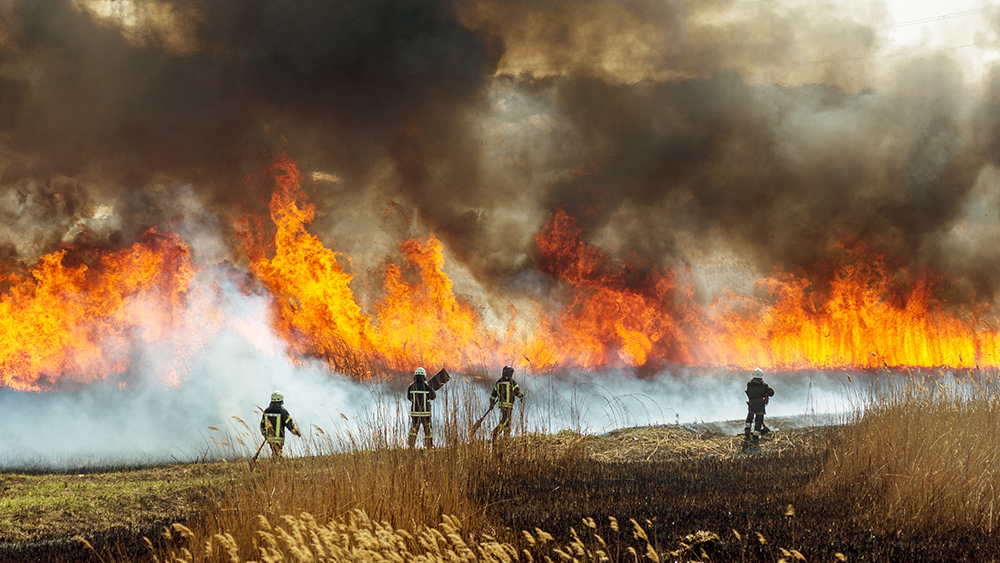Electricity prices in Italy surge 30% IN A WEEK as another winter without cheap Russian gas approaches
09/10/2023 / By Laura Harris
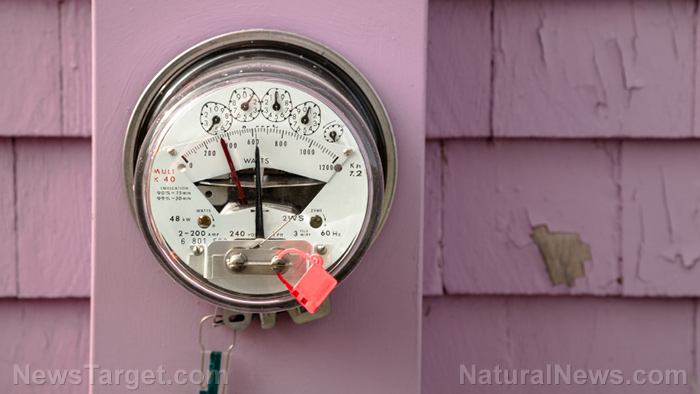
Within just one week from Aug. 21 to 27, Italy experienced a nearly 30 percent increase in the cost of electricity, pushing prices up to 138 euros ($147) per megawatt-hour (MWh) as another winter without cheap and bountiful Russian natural gas approaches.
That was the second straight week Italy saw a rapid surge in electricity prices. In the week from Aug. 14 to 20, prices rose by more than 10 percent over the previous week to nearly 106 euros ($114) per MWh, based on national average rates listed on the Italian Power Exchange, the main company that organizes the country’s energy market.
According to the estimates of Nomisma Energia, an energy think tank, Italian households are now facing the possibility of another seven to 10 percent spike in their electricity bills by Oct. 1 because of rising natural gas prices and Italy’s position as one of the most natural gas-dependent countries in the European Union.
“Half of Italy’s electricity production is made with gas,” warned Davide Tabarelli, president of Nomisma Energia. “If prices remain at these levels, it is inevitable that they will be reflected in an increase in future electricity bills.”
Tabarelli also warned about the grim projections for the upcoming winter, indicating that international gas prices could be 40 percent higher than the current rates, potentially resulting in a 20 percent hike in gas tariffs.
The surge in energy costs in the EU is not only limited to Italy. Estonia witnessed an astonishing 93 percent spike in its average wholesale electricity price, at one point going as high as 153.39 euros ($164) per MWh over the past week. In Latvia and Lithuania, costs surged by 23 percent to 142.58 euros ($153) per MWh.
Even France, historically a net power exporter to the EU, had to rely heavily on electricity imports from neighboring nations due to maintenance-related shutdowns of many of its nuclear power plants.
Ban on Russian oil responsible for the energy price hikes in the EU
These escalating energy prices can be traced back to the decision of the EU in 2022 to restrict Russian oil and gas imports and completely ban coal supplies as part of its sanctions policy over Russia’s special military operation in Ukraine. (Related: New Energy Market Order: Russia, China, Iran sign over a dozen new trade agreements – mostly concerning energy.)
Last year, the EU implemented sanctions on Russian oil exports, including a ban on seaborne crude oil exports and price caps on Russian crude oil at $60 per barrel. Further restrictions and price caps were imposed on higher-value Russian refined oil products.
In response to sanctions, Russia reduced oil output by 500,000 barrels per day starting in March. Moreover, Moscow stopped selling oil to buyers who cling to a Western-imposed price ceiling of $60 a barrel. As a result, Russia’s oil trade revenues increased by $1.7 billion in April, reaching $15 billion, with nearly 80 percent of crude shipments going to China and India in April.
The ban, which was originally intended to lower the demand for Russian oil and coal, has “continued to flow at close to pre-war volumes” in May, as per Gavin Thompson, the vice chairman of energy in the Asia Pacific at Wood Mackenzie.
This move, which was supposed to empower the EU, left the continent grappling with supply shortages and forced some member states to take unusual measures to secure their energy needs, especially during the winter season.
Visit EnergySupply.news for more news related to electricity shortage.
Watch the below video that talks about Europe’s mandatory reduction of electricity use.
This video is from the InfoWars channel on Brighteon.com.
More related stories:
Russian oil exports surge despite Western sanctions, Moscow’s output cut.
Renewables NOT ENOUGH to cover Europe’s energy needs.
Sources include:
Submit a correction >>
Tagged Under:
big government, chaos, Collapse, electricity, electricity costs, energy, energy costs, energy supply, EU, European Union, inflation, Italy, natural gas, power, power grid, Russia, supply chain
This article may contain statements that reflect the opinion of the author
RECENT NEWS & ARTICLES
PowerGrid.News is a fact-based public education website published by Power Grid News Features, LLC.
All content copyright © 2018 by Power Grid News Features, LLC.
Contact Us with Tips or Corrections
All trademarks, registered trademarks and servicemarks mentioned on this site are the property of their respective owners.




